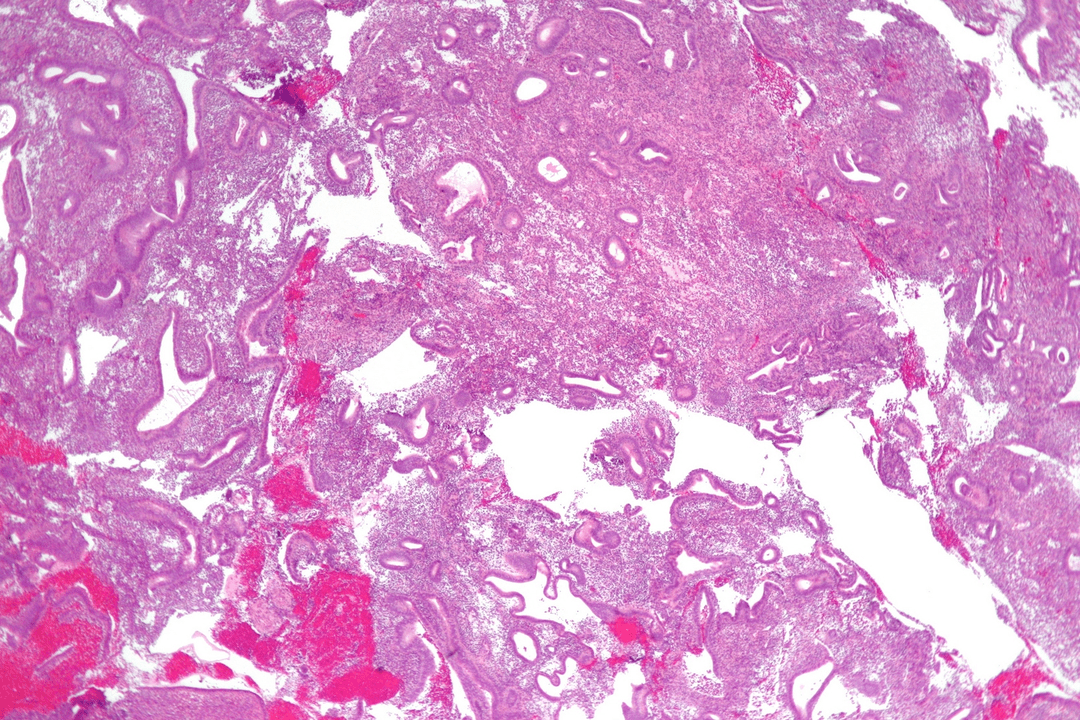
Not everyone knows that squamous cell papilloma is the result of a viral disease. In addition to cosmetic problems, this disease can also cause serious damage to health, even death. Tumors can "grow" on any part of the body and affect internal organs.
What is squamous cell papilloma and its structure
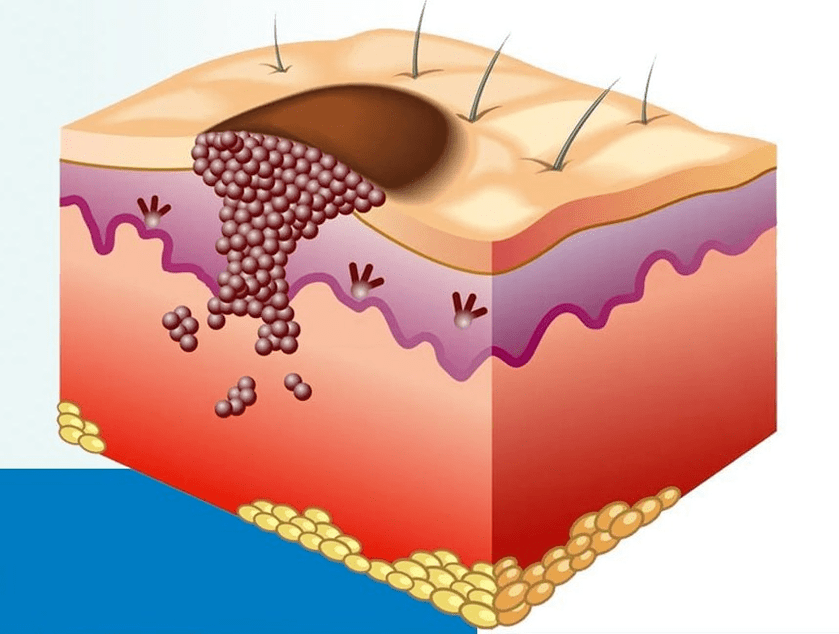
The answer to the question: "What is it? " is a benign tumor. Primary localization sites include the face, neck, and mucous membranes. If the disease is not treated for a long time, it can become malignant. Externally, a flat papilloma resembles a round mole. Color can vary from flesh color to dark brown. Doctors call squamous papilloma with hyperkeratosis the most common. It mainly occurs in older people, sometimes in people 30-35 years old.
Causes and sources of infection
There are many ways to get infected with squamous cell papilloma on the skin, some of which are very simple and do not cause concern:
- Sexual intercourse in any form: vaginal, oral, anal;
- Daily contact (handshake). The basis here is the presence of open wounds;
- Visit public places with high humidity: swimming pools, saunas;
- Violation of personal hygiene standards.
This type of papilloma is diagnosed in people who have low immunity levels and have more casual sex.
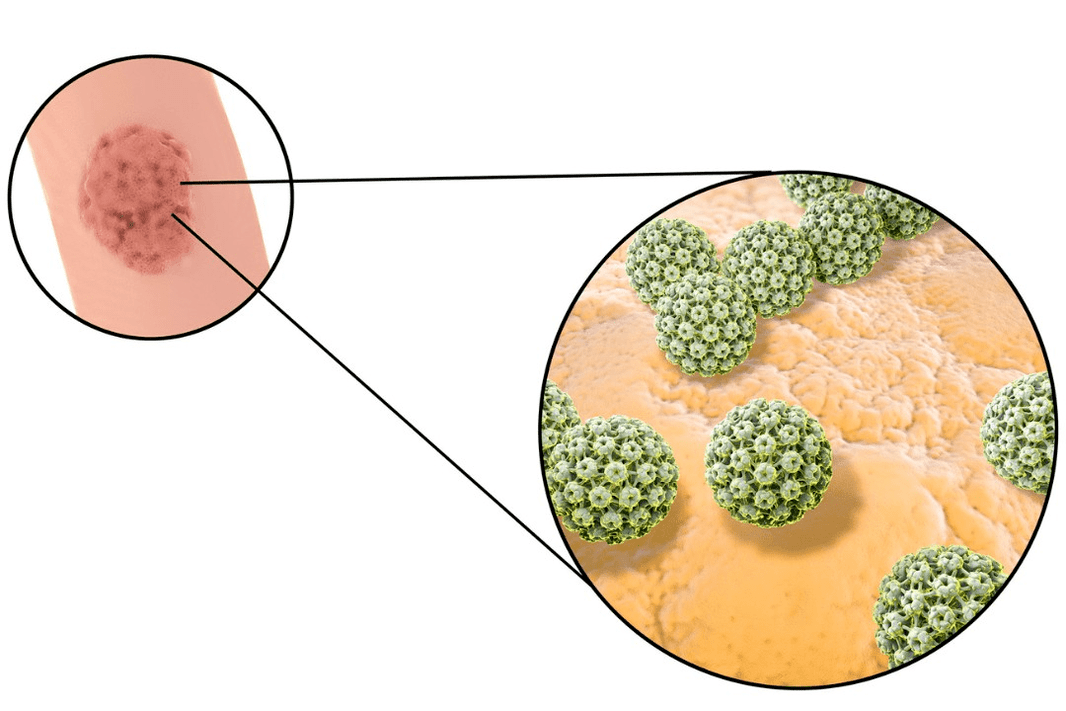
The entry of a virus into a healthy body does not mean that papillomas will appear in the near future. This only happens when immunity declines. Main reason:
- The presence of bad habits: alcoholism, smoking, illegal drugs, poor quality nutrition;
- Malfunctions of the digestive system;
- Skin diseases;
- Old age;
- Genetic predisposition;
- Exposure to third party chemicals.
Esophageal papillomas appear almost immediately after failure. It forms on the tongue, lips, inside the mouth, in the esophagus and intestines.
Why is it dangerous for humans?
The main danger is papilloma with hyperkeratosis, which develops into cancer in more than 60% of cases. If growths form in the respiratory system, there is a risk of gradual lack of oxygen, leading to death. When a tumor appears in the intestines, it can fester due to contact with stool. With squamous cell papilloma of the esophagus, there is a risk of inflammation and bleeding due to eating solid foods or poor quality alcohol.
Symptoms and diagnosis
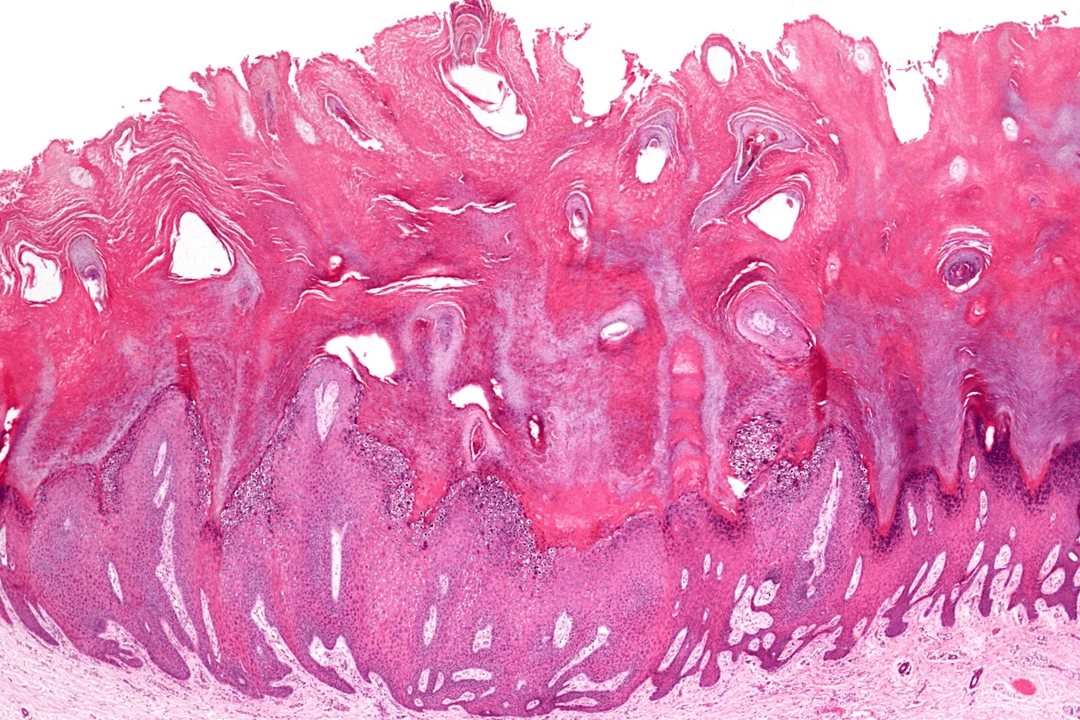
Symptoms of squamous cell papilloma formation are few and vague. First, the area with growth is examined. Most people confuse skin growths with warts and pay no attention to them, hoping that they will disappear over time. The tumor grows and develops very slowly and inflammation is very rarely present.
Symptoms mainly appear in the thinnest skin areas. This is the eyelids, neck, and chest area. If the eyelids are affected, conjunctival damage may occur.
The tumor grows and develops gradually, with an average size of 0. 3 to 1. 5 cm. The color of the tumor is variable and can change over time from flesh color to purple.
Picking, squeezing or cutting squamous cell papillomas is very dangerous, infection can penetrate into open wounds.
There are no special diagnostic measures to detect the presence of the virus. First, a visual inspection of the tumor is performed by the therapist. Then he wrote referrals to other specialists: dermatologists, gynecologists. The appointment is made depending on the location of the papilloma. If it is located on the outer part of the skin, the diagnosis can be determined immediately. If the growth is inside the body, fluoroscopy is indicated.
If the rectum is affected, the doctor will palpate the tumor, the cervix can be clearly seen with gynecological glasses.
There are a number of mandatory procedures:
- Biopsy;
- Blood analysis;
- PCR test.
If necessary, the treating doctor may prescribe additional diagnostic methods.
Esophageal papilloma

The main sites of formation of squamous cell papillomas of the esophagus are the tongue, lips and oral mucosa. The virus may be accompanied by the formation of small ulcers and itching.
With lip papillomas, the first thing that appears is swelling and discomfort when eating. If the affected area is damaged, blood will appear. The growth can grow quickly and cause lip cancer.
With esophageal papilloma, symptoms occur mainly in the male half of the population. The cause of the disease can be poor nutrition, poor quality food and bad habits. The main location of the tumor in the esophagus is its middle part. The size of each fruit ranges from 1-2 mm to 3-4 cm, elongated shape, on a stem. The patient feels abdominal pain, belching, excessive salivation and a lump in the throat. Diagnosis is made by X-ray and esophagoscopy.
Signs form in the mouth and larynx
With squamous cell papilloma of the larynx, the patient will have pain when eating, swallowing and sometimes even breathing. Sometimes there are difficulties when speaking. The size of the growth is small, pedunculated. If a tumor is detected in a child, treatment is not started immediately, but it happens that it disappears on its own. If you succumb to this disease as an adult, it can degenerate into a malignant tumor.
The appearance of squamous cell papilloma on the tongue does not initially manifest itself in any way. The white, flesh-colored growths only begin to manifest if the patient somehow injures them. After a few weeks, bad breath appears, itching, burning and ulcers form.
Symptoms in the larynx in adults can be different, depending on the general condition of the body and the degree of development of the disease. There may be a sore throat, a tumor in the nose, discomfort, stuffy nose, and itching. If a tumor forms on the septum, it will gradually grow throughout the sinuses, disrupting the normal flow of oxygen.
Symptoms form in intimate places
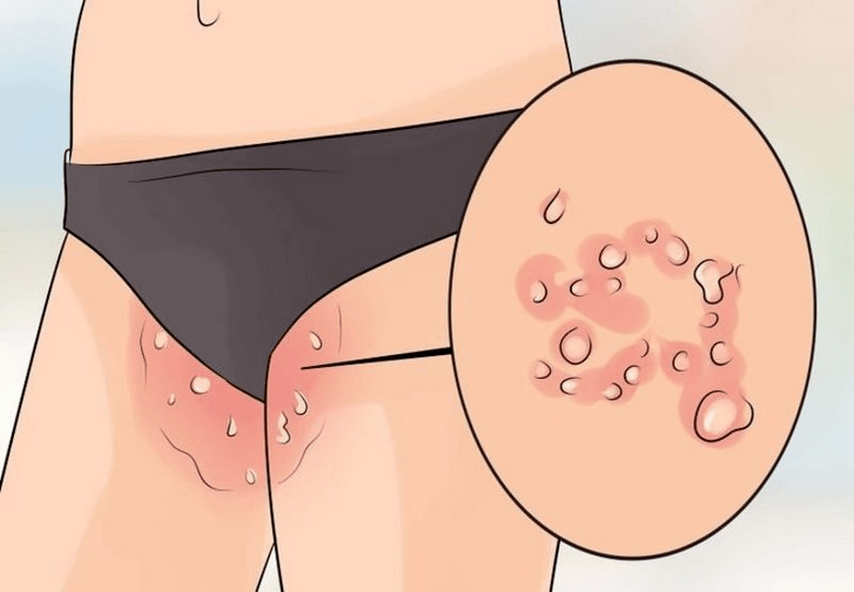
With squamous cell papillomas in the cervix, the risk of benign tumors turning into cancer is very high. Usually this process is accompanied by erosions and genital warts.
In the initial stages of formation and development, the virus does not have any symptoms. Itching and burning gradually appear in the affected area, over time a state of constant discomfort appears. Can be discharged. Papillomas are detected during a routine examination by a gynecologist and may prescribe a colposcopy. During pregnancy, a woman may experience a decrease in the level of immunity and therefore the appearance of papillomas. In such cases, it should be removed immediately.
If we talk about the reproductive system, the most troublesome place for women is the rectum. The first stage has no symptoms, then pain, itching, pus discharge, and blood in the stool appear. The diagnosis can be made after performing a palpation procedure. In 90% of cases when this type of cancer appears, doctors will send you to be tested for syphilis.
Treatment and removal methods
In most cases, patients seek treatment when symptoms are already severe. It is forbidden to prescribe treatment for yourself or try to remove papillomas. Removal is done in several ways:
- Cryotherapy uses liquid nitrogen;
- Surgery;
- Removal by high frequency current;
- Laser removal;
- Operated by radio knife.
Esophageal papilloma requires additional examination; therefore, treatment may take longer.
After the removal procedure, the scar is practically invisible. But there is no 100% guarantee that the tumor will not appear again. Without proper precautions, the virus will wake up again and grow. After treatment, the patient is prescribed a course of antiviral drugs, vitamins and immunomodulators. It is important to restore the general level of immunity as successfully as possible. Even if the virus remains in the body, it will contain it, preventing the formation of papillomas. Bad habits should be completely eliminated.
Treat diseases with folk remedies
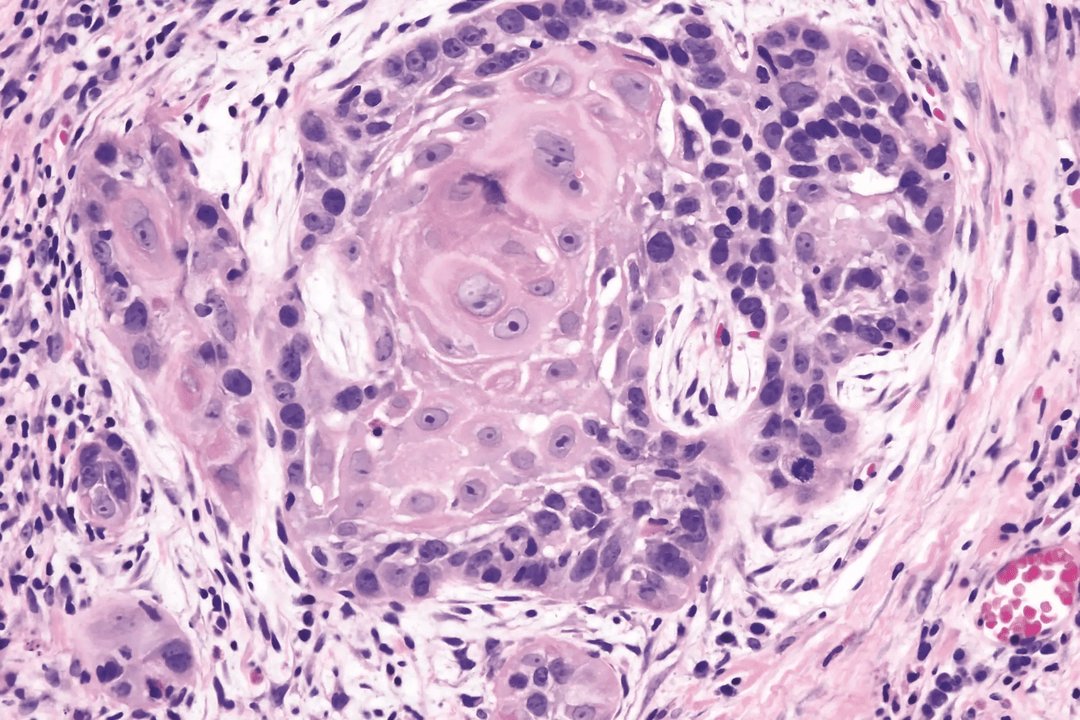
Squamous cell papillomas, like all other types of growths, form mainly in the elderly. Many of them are contraindicated for surgical intervention. In such cases, the attending physician advises turning to traditional medicine. The most recommended means are:
- Fresh potato juice. Course – 2 months, take 100 ml, 2 times a day;
- Celandine juice. Course – 4 weeks, the affected area is lubricated with liquid several times a day;
- Fresh garlic. The cleaned piece is fixed for development with adhesive plaster for 2-3 hours.
Grape leaves, licorice root, nettle, lemongrass, banana, garlic, beets and carrots are actively used in the preparation of medicinal infusions. In addition to using medicinal compounds inside, you can prepare salads and soups from medicinal plants and vegetables.
Prevention and prognosis
The main prevention methods are:
- Seek medical help early;
- Proper nutrition;
- Eliminate all bad habits.
Esophageal, bladder and cervical papillomas "respond" well to natural traditional medicine. Their treatment is also slightly different from traditional treatment and also takes more time.
After surgical excision, recovery may proceed differently and complications may occur. Basically, the forecasts are always favorable. Mortality is minimal. If the process of cancer cell formation has begun, the survival rate is 30-35%.
If you seek medical help promptly, the likelihood of complete cure is 90% and soft tissue damage is minimal. Cancerous tumors are also successfully removed and the degenerative process can be stopped.














































































